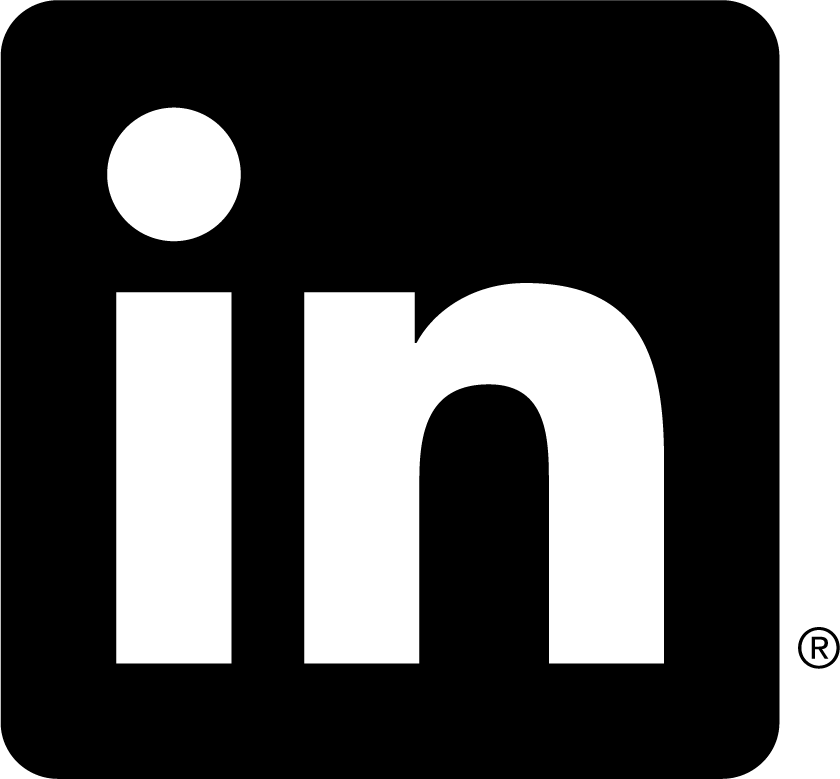American retail giants are straining to balance profit and price amid tariff turbulence. Walmart, Home Depot, Lowe’s, and Target all report cost surges from higher import duties—but have dodged margin erosion (so far) by careful price increases and supply chain diversification. Walmart’s sales rose 4.75% in Q2, nearly matching procurement cost hikes, showing just how fine that margin is. Yet not everyone is as lucky: Target saw its margins slip, and smaller brands are especially vulnerable.
So, who wins and who loses? Companies that manufacture or source outside tariff zones—or have the scale to squeeze suppliers—are dodging most of the pain. A few are even doubling down, turning their own supply footprints into profitable third-party operations. But for small firms, the math is brutal: tariffs are forcing layoffs, salary cuts, and even closures. A recent survey found nearly 1 in 5 business owners have pivoted or launched a new business in direct response to tariffs, investing an average of $20,000 to adapt.
For the consumer? Count on higher prices—the average US household could pay $2,400 more in 2025, according to Yale’s Budget Lab. The “tariff shock” is moving through inventories and onto shelves, just in time for the holiday season.







